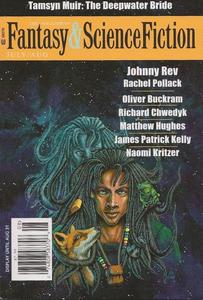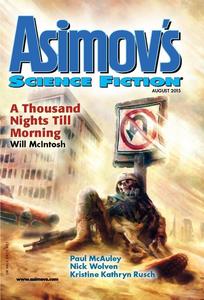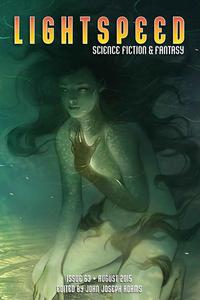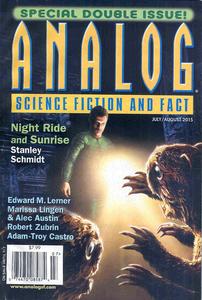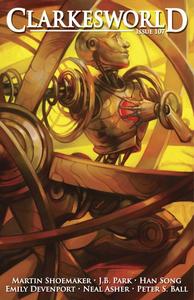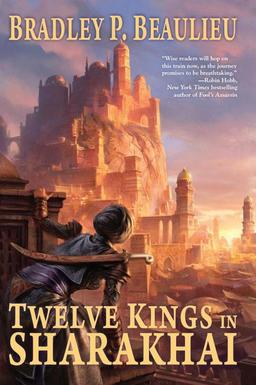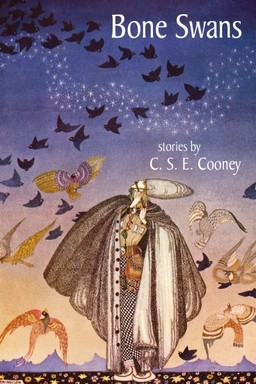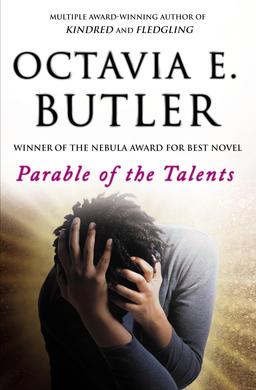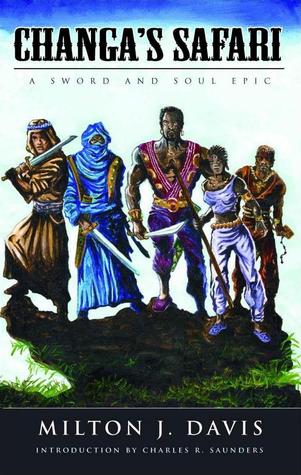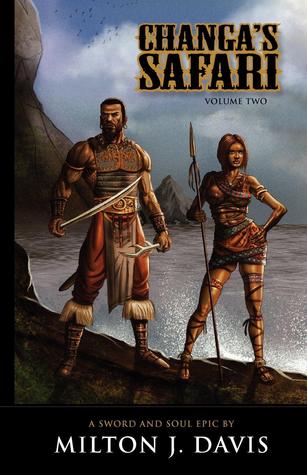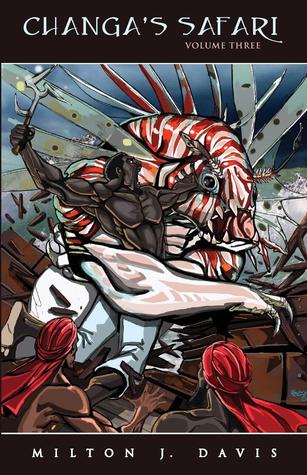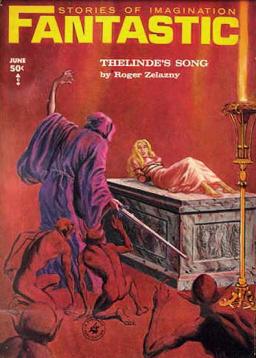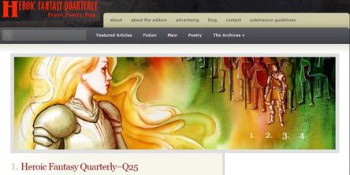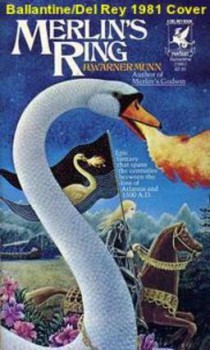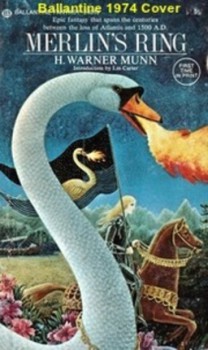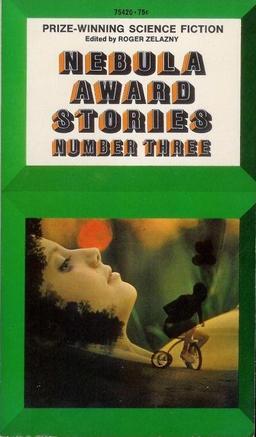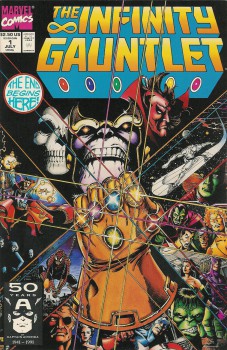 I’ve been taking a look at Adam Warlock, one of my favorite comic characters. In previous posts, I’ve written about his early period as a failed messiah figure on Counter-Earth in the early- and mid-1970s, and then his Jim-Starlin-written tragic middle period as the cosmic champion of life, which led to his heroic death in 1977.
I’ve been taking a look at Adam Warlock, one of my favorite comic characters. In previous posts, I’ve written about his early period as a failed messiah figure on Counter-Earth in the early- and mid-1970s, and then his Jim-Starlin-written tragic middle period as the cosmic champion of life, which led to his heroic death in 1977.
Today, I want to take up the thread of the Adam Warlock saga fourteen years later, when both he and the Champion of Death, Thanos, were resurrected as the core of a massive cross-over event called The Infinity Gauntlet.
This may be timely for some folk who had never read the original or reprinted Warlock runs, because Marvel movies have already teased us with a hero-sized cocoon in a Thor movie and have announced an Infinity War movie for 2018.
So, since the Infinity Gauntlet series is now 24 years old, I’m not going to issue spoiler alerts; I’ll likely just berate you for not having read this already (you can, incidentally, stop reading this post, go pick up the Infinity Gauntlet at comixology.com, and then come back when you’re done; I don’t own Marvel stock or anything, it’s just that much fun).
To remind readers where we left off, in 1977, Adam Warlock, the lonely, tragic Champion of Life, killed Thanos, the nihilistic, insane cosmic Champion of Death. Fast forward to 1991 to Infinity Gauntlet #1, and we find that quite a bit has happened. Death has been chaffing at the imbalance between Life and Death and has pulled out her greatest admirer and lover, Thanos to rectify things.
…
Read More Read More
